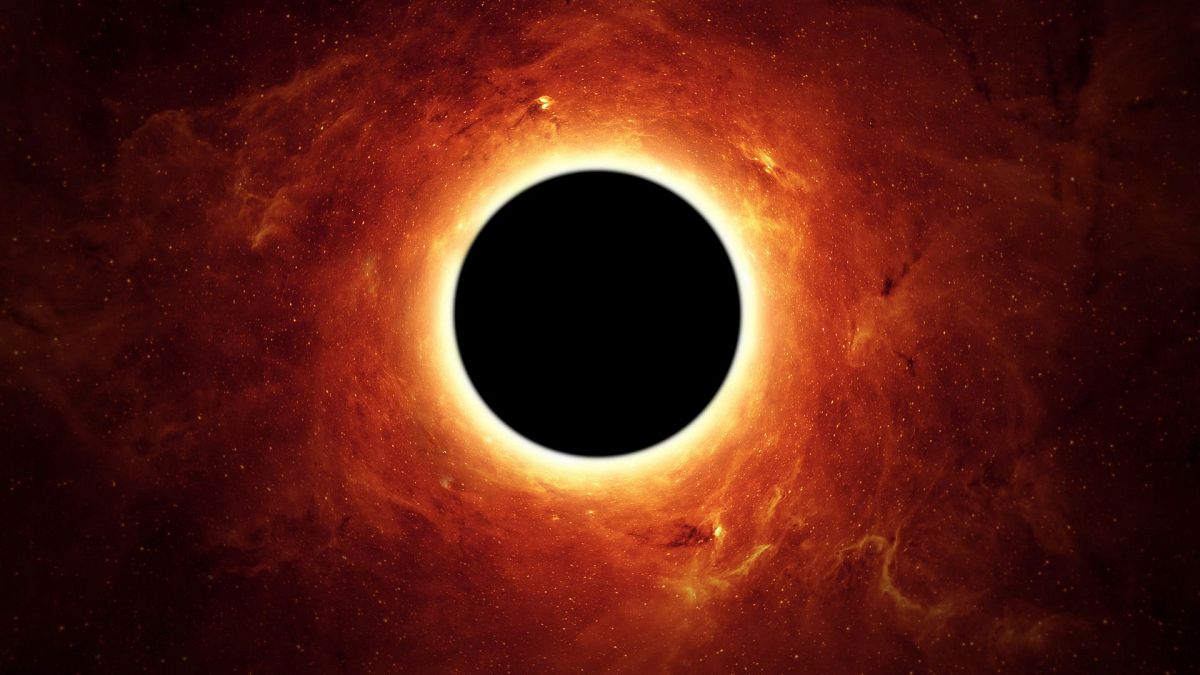The closest black hole to Earth was thought to be 1,560 light-years away - but a new study suggests there could be one around 150 light-years away.
Black holes are some of the most powerful and mysterious objects in the known universe - and there could be one much closer to Earth than previously thought.
A study has found possible evidence of a black hole in the closest open cluster of stars to Earth, called the Hyades cluster.
Data from the European Space Agency’s (ESA) Gaia mission revealed the closest known - and second closest - black holes in 2022, Gaia BH1 and Gaia BH2, which are 1,560 light-years and 3,800 light-years from Earth respectively.
A new paper, however, published in the journal Monthly Notices of the Royal Astronomical Society, suggests there could be black holes much closer to home, at a distance of just 150 light-years.
Scientists at the University of Padua in Italy and the University of Barcelona in Spain used simulations to track the motion and evolution of all the stars in the Hyades open cluster, which are around 150 light-years away.
Still black holes in or near the Hyades cluster
An open cluster is a collection of hundreds or thousands of stars loosely held together by their gravitational pull, sharing certain characteristics such as age or chemical makeup.
The results of the simulation were compared with the actual positions and velocities of the stars in the Hyades, which are now known precisely from observations made by ESA’s Gaia satellite.
"Our simulations can only simultaneously match the mass and size of the Hyades if some black holes are present at the centre of the cluster today (or until recently)," said Stefano Torniamenti, a postdoctoral researcher at the University of Padua and first author of the paper.
The current properties of the Hyades cluster were best reproduced when there were two or three black holes included in the simulations, although the researchers also said those that included black holes that had been "ejected" from the cluster still give a good match.
The results indicate there are still black holes in the cluster, or very nearby, which would make them by far the closest black hole candidates to our solar system.
"This observation helps us understand how the presence of black holes affects the evolution of star clusters and how star clusters in turn contribute to gravitational wave sources," said Mark Gieles, a member of the University of Barcelona Department of Quantum Physics.
"These results also give us insight into how these mysterious objects are distributed across the galaxy".
What is a black hole?
Most black holes are believed to form from the massive stars that have experienced a supernova explosion.
The mass from the star collapses in on itself, squeezing into a tighter and tighter area, until it becomes an object so dense that not even light can escape its gravitational pull.
As black holes can’t be directly observed with current technology, their presence is usually inferred by studying their effect on other matter nearby. For example, if a black star tears a passing star apart, this process will create x-rays that are fired off into space that we can detect.
Research into black holes has stepped up a gear following the detection of gravitational waves in 2015, which were attributed to the collision of two black holes 1.3 billion light-years away.



